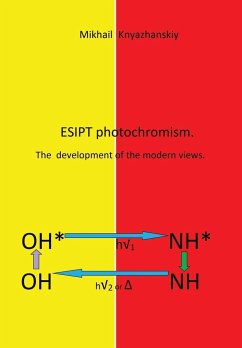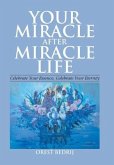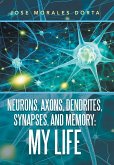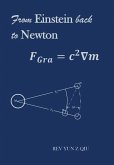The photochromic anils (Imines of o-hydroxy aldehydes) have been found in the beginning of the last century, and therefore the views of this phenomenon were developing, along with theory of the structure and reaction mechanism and the methods of their investigations. The description of this development has been given shortly in the chapter one. The structure of anils, their properties, and their modifications in dependence of the substituents, solvents, and temperature are described, and solvatochromism and thermochromism are discussed in chapter two, along with hypothesis about mechanisms of these phenomena, which have been presented and based. The photochromic process in anil molecules has been discussed in detail in chapter 3. It is examined by stages, beginning from the very fast ESIPT (primary step) via the structural transformations in the excited states, generation in consecutive order of the fluorescence state with Anomalous (large) Stokes Shift (ASS flu), the twisted TICT-like precursory structure, and the twisted "post TICT" "colored" form in the ground state. The reverse reaction goes via the ground state or the excited state of the colored structure and the ground state proton transfer reaction (GSIPT). The post-TICT hypothesis is based on experimental data and quantum-chemical calculations. The photochromism of the bimolecular structures on the base of anil molecule is discussed in chapter 4 with assumption of interactions of the molecular fragments in the ground and the excited states. A lot of the photochromic systems with the Intramolecular H-bond and ESIPT and without anil molecules (about twenty types of the structures) have been discussed on the base of phenomenological classification of the photochromic properties (chapter 5). The brief consideration of the possible applications, including utilization of the perspective nanostructures as switchers, has been conducted in chapter 6. The material of the book can be used by the researchers, instructors, lecturers, and the students of various levels who work in the area of the reversible photochemical reactions, including photochromism.
Hinweis: Dieser Artikel kann nur an eine deutsche Lieferadresse ausgeliefert werden.
Hinweis: Dieser Artikel kann nur an eine deutsche Lieferadresse ausgeliefert werden.








